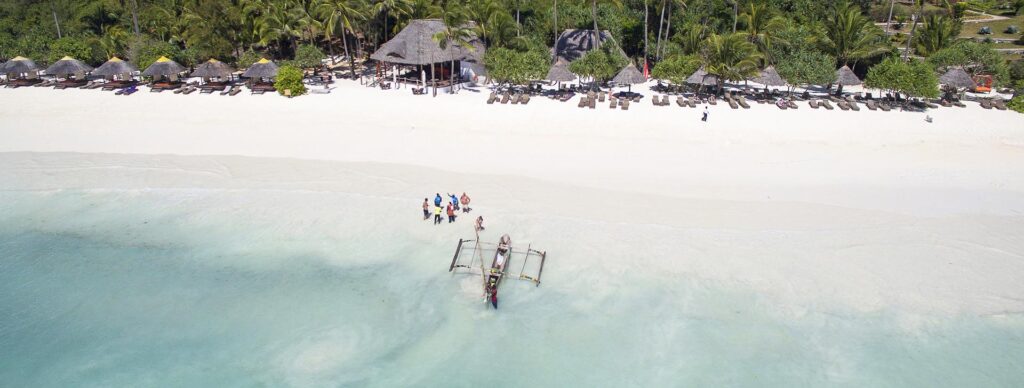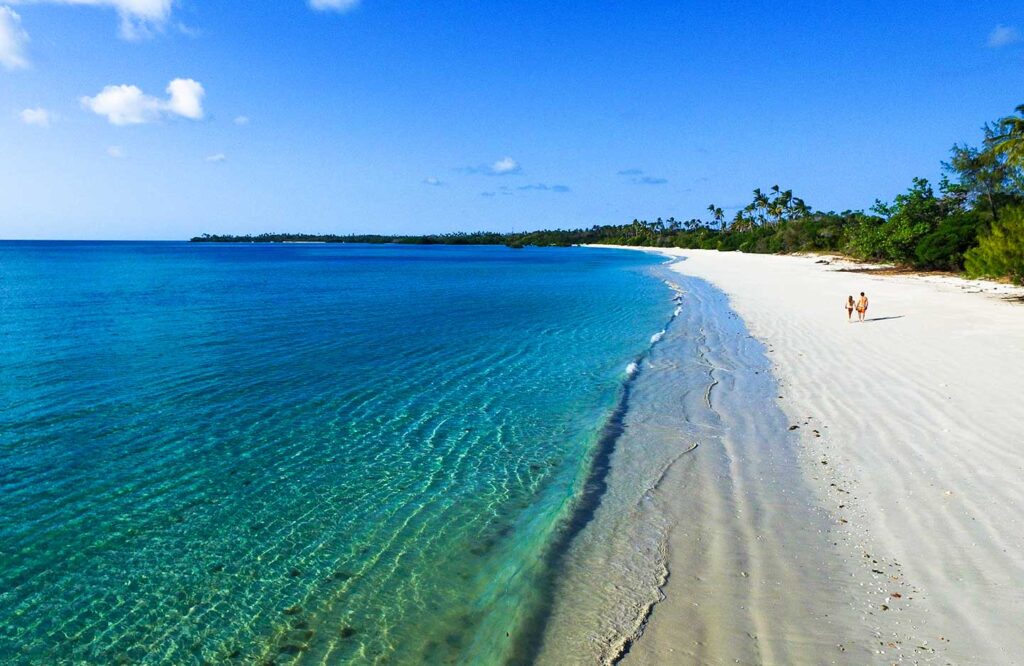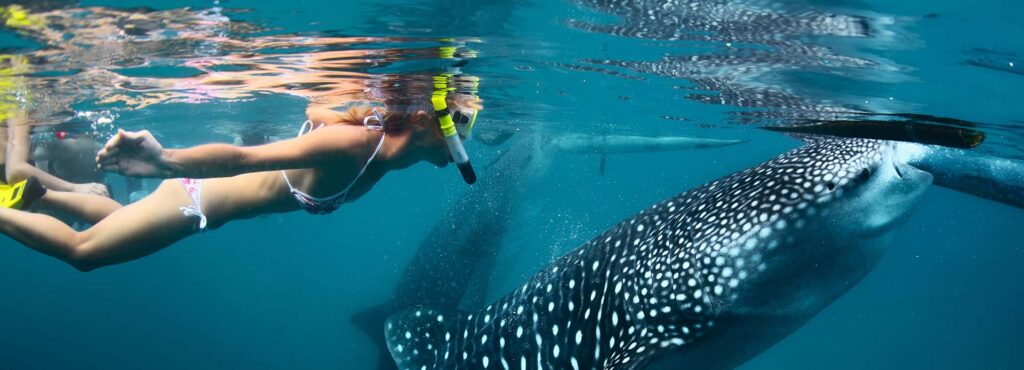Pemba Island
Overview
Pemba is the northernmost island of the archipelago and the smaller, hillier and greener “sister island” of Zanzibar. Pemba enjoys far less attention than the world-famous main island and often even gets forgotten. Therefore, the island and its friendly and relaxed people can maintain a quiet and easy-going atmosphere among spice plantations, fruit trees and the lush tropical vegetation.
For those travelers who find Zanzibar too crowded, Pemba is the right island to go to. Accommodation is limited to just a few small guest house style accommodations and very nice lodges right on the beach.
Facts about Pemba
Pemba’s landscape boasts with an irregularly shaped coastline and dense mangrove forests, which are dominated by deep valleys that gently slope into the sea. Due to its four million clove trees, some of which are over 100 years old, Pemba is also known as the clove island of the Indian Ocean.
The so-called Pemba Channel – the waters between Pemba and the Main– is considered as one of the last great un spoilt areas for diving and deep-sea fishing. Despite plenty of attractions such as primeval forests, picturesque ruins, deserted beaches and beautiful offshore islands, there are rarely more than a few dozen travelers on the island at once, making it quite a destination for individualists, honeymoon couples and divers.
Where is Pemba?
On a map, Pemba is located just 50 km east of Tanzania’s mainland, in the Indian Ocean.
This small island is only 67 km (42 miles) long, and a mere 22 km (14 miles wide). Despite its size, Pemba has plenty of charm and is surrounded by beautiful ocean waters.
The Zanzibar Archipelago, Unguja and Pemba, together with Mafia Island make up Tanzania’s three ‘Spice Islands’, all of which export exotic, tropical spices to the world.
How to get to Pemba?
There are two ways to reach Pemba: by air or water.
Water: Those with plenty of time and a love for the open water can take a ferry from Zanzibar to Pemba. This ferry is offered twice a week, and the ride takes approximately 5 hours. The ferry arrives at the port in Chake Chake town.
Air: for those who want to arrive at their destination and save travel-time, flying into Pemba is a great option. You can have a quick flight from any major airport in Tanzania into Pemba.
What to do on Pemba?
Also, well worth visiting are the Pujini Ruins situated south-east of Chake Chake, Pemba’s largest town. These overgrown ruins are the remains of a 13th century Swahili town ruled by a despotic king. Opposite the Pujini Ruins you will find the well-preserved ruins of Ras Mkumbuu, which are located at the tip of the long peninsula.
Don’t miss out on Pemba’s natural wonders, such as the Ngezi Forest in the north, a protected rain forest which is home to an endemic species of bats, known as the Pemba flying fox. Another gem just off the western shore of Pemba is Misali Island. Together with its surrounding reef it has been incorporated into the Misali Island Conservation Area and is world-famous for its beautiful corals and beaches. Furthermore, the conservation area is a breeding site for green and hawksbill turtles.
Diving on Pemba
The most popular activity in Pemba is diving – and for good reason! Pemba offers excellent diving opportunities, and the chance to see active, vibrant marine life. Adventurous travelers can visit Pemba Channel to spot hammerhead sharks as they are known to swim in groups in this area (but don’t worry, these sharks never venture to shallow waters near Pemba’s beaches).
Diving experts have acclaimed Pemba as the best diving experience in all of East Africa, with great options for beginners and experienced divers alike.
Snorkeling
Those who enjoy snorkeling should consider visiting Misali Island, which is also where sea turtles are known to nest. Snorkelers will also see plenty of brightly-colored fish and beautiful starfish while in the water.






